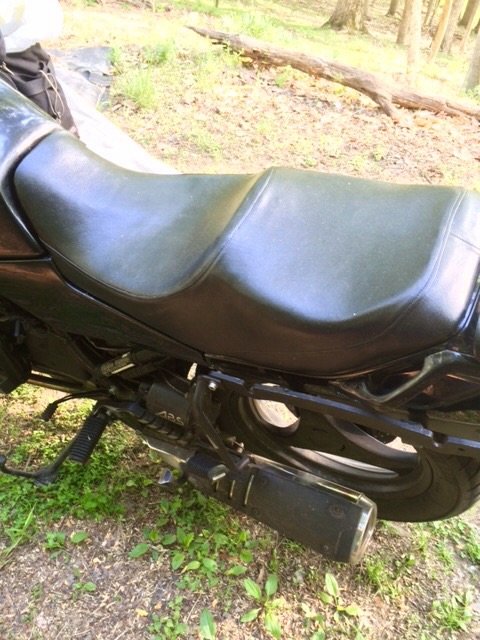I've got 3 Corbin seats that either need covering or will soon. One seat is ready for its 4th cover. All are K75 seats and all are different shapes.
My first attempt at a spare seat included about every mistake one could make. The sewing was fine, but despite the resulting mess, I did learn a lot.
Covering material is only $25-$60. Add 0 for labor and 5 times the time of someone who knows what they are doing and I may have something I am not too ashamed of.
I used a marine material from a "fabric store" and it had some stretch in 2 directions, but wanted to know if anyone has had experience with the material that stretches 4 ways, to cheat a wee bit on the first few.
I really want to learn to cover my own seats.
Any pointers will be greatly appreciated.
Charlie
My first attempt at a spare seat included about every mistake one could make. The sewing was fine, but despite the resulting mess, I did learn a lot.
Covering material is only $25-$60. Add 0 for labor and 5 times the time of someone who knows what they are doing and I may have something I am not too ashamed of.
I used a marine material from a "fabric store" and it had some stretch in 2 directions, but wanted to know if anyone has had experience with the material that stretches 4 ways, to cheat a wee bit on the first few.
I really want to learn to cover my own seats.
Any pointers will be greatly appreciated.
Charlie


